Hotel Monteleone
Introduction
Text-to-speech Audio
Images
The Beaux-Arts style Hotel Monteleone has stood at this location since 1886. The present building was built in 1954.
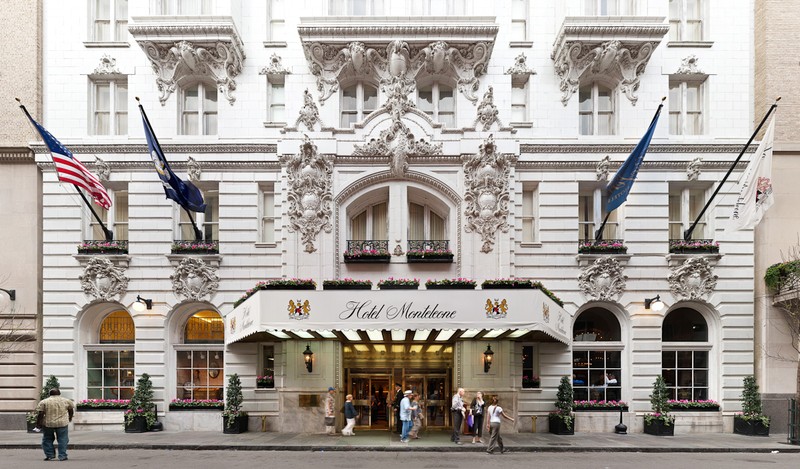
An artist's rendition of what the hotel looked like in the 1930s. The family-owned hotel managed to survive the Great Depression.
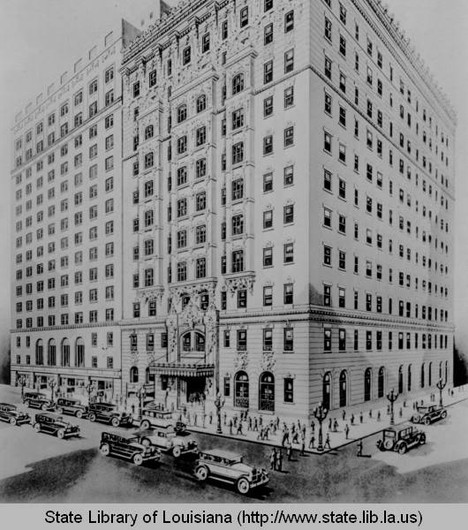
The hotel's famous Carousel Bar as it looked in the late 1950s.
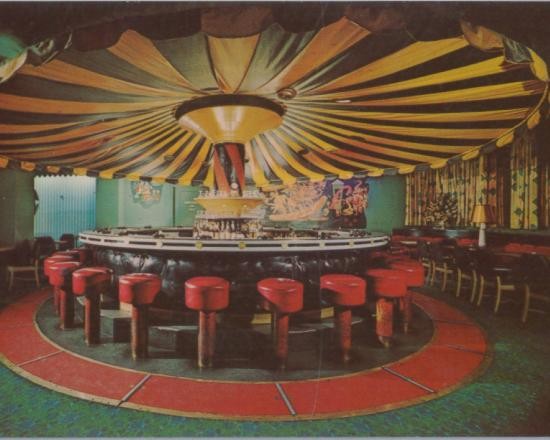
...and the Carousel Bar in more contemporary times. Thankfully, patrons get a bar stool rather than a carousel horse on which to sit.
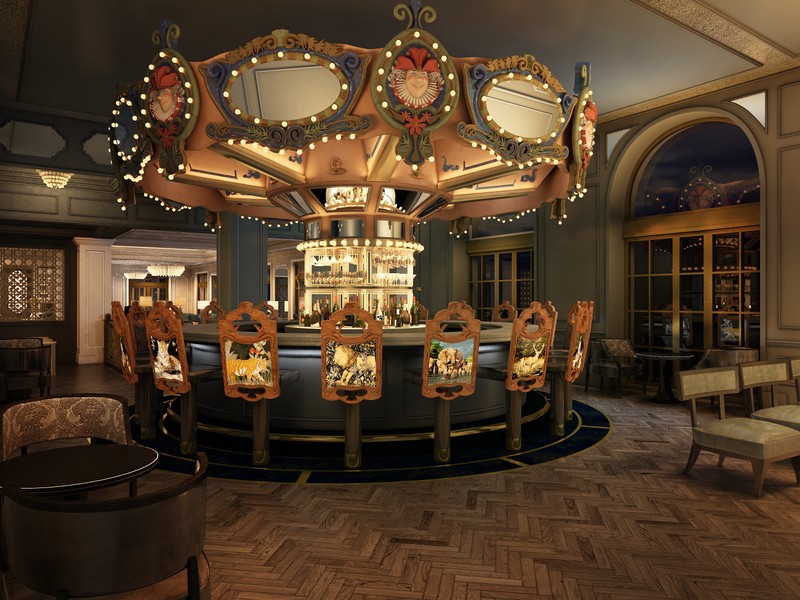
Tennessee Williams (center, with glasses) and Truman Capote (to Williams' right) share a private joke at the Hotel Monteleone.
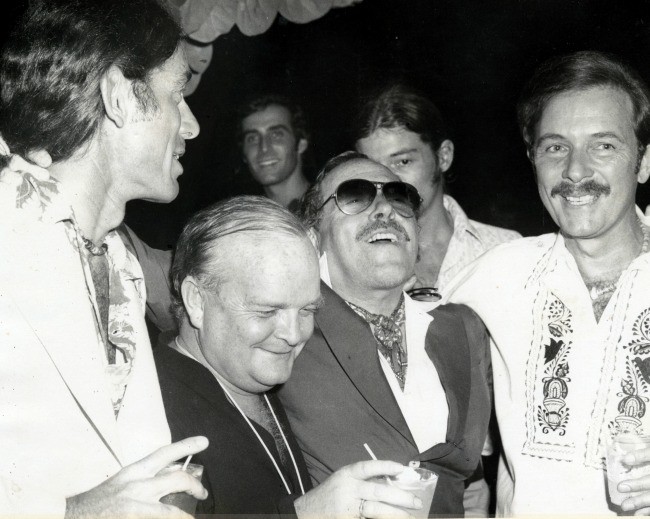
Eudora Welty, author of The Purple Hat
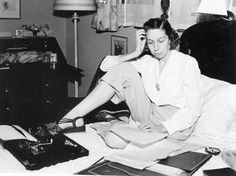
Backstory and Context
Text-to-speech Audio
Sometime around 1880, Sicilian shoemaker, Antonio Monteleone made his way to New Orleans. He immediately set up a cobbler’s shop along the Rue Royale and by 1886 had earned enough money to purchase a small, 64-room hotel. It was from this humble beginning that the now famous Hotel Monteleone sprang. Antonio soon acquired the adjacent Commercial Hotel and thus began a long history of expansions. In 1903 he added 30 more rooms. In 1908, he acquired an additional property and changed the name from the Commercial Hotel to the Hotel Monteleone.
Antonio died in 1913 and the hotel was passed to his son, Frank. Frank continued the hotel’s expansion with 200 rooms in 1928 and then demolished the original hotel to make room for the current, Beaux-Arts style hotel with guest, ball, and dining rooms. Frank died in 1958 and control of the hotel passed to his son, Bill. The hotel’s last major expansion took place in 1964 with the addition of more floors and the Sky Terrace with rooftop swimming pool and cocktail lounge. The hotel is currently owned by Bill’s son, William Jr. and has been since Bill died in 2011, making the Hotel Monteleone one of the last family owned and operated hotels in New Orleans.
Perhaps even more than its rotating bar, the Hotel Monteleone is best known for its ability to attract superstars of the literary world. The long list of writers who have stayed here include: Ernest Hemingway, Tennessee Williams, William Faulkner, Truman Capote (who claimed, in jest, to have been born at the hotel), Eudora Welty, Sherwood Anderson, Lyle Saxon, Winston Groom, Anne Rice, Stephen Ambrose, and John Grisham. It is due to this rich literary history that the hotel received its literary landmark status in 1999, one of only three hotels in the country so honored (New York City’s Plaza and Algonquin Hotels being the other two).
The writers who have stayed at the hotel, and others, have used it as a backdrop in over 170 novels, short stories or plays. This list includes: Tennessee Williams’ The Rose Tattoo and Orpheus Rising, Rebecca Wells’ Divine Secrets of the Ya-Ya Sisterhood, Stephen Ambrose’s Band of Brothers, and Ernest Hemingway’s short story Night Before Battle. Eudora Welty's The Purple Hat, helped immortalize the Carousel Piano Bar and Lounge. The hotel now includes suites named after its famous guests: Capote, Faulkner, Hemingway, Weltey, and Williams. The hotel is claimed, by some, to be haunted, especially the 14th floor…or is that the 13th as, with many hotels, there is no 13th floor to choose from within the elevator. The hotel has also been used as a shooting location for the films: Double Jeopardy, Glory Road, Retirement, The Last Time, and 12 Rounds.
Sources
"History: Standing Tall on Royal St. Since 1886." Hotel Monteleone. Accessed January 24 2017. http://hotelmonteleone.com/history/
Wood, Derek. "The Monteleone." New Orleans Historical. Accessed January 24, 2017. http://www.neworleanshistorical.org/items/show/963
Branley, Edward. "NOLA History: Hotel Monteleone's 125 Years of Literary Legacy." GO NOLA. Accessed January 24, 2017. http://gonola.com/2011/08/31/nola-history-hotel-monteleones-125-years-of-literary-legacy.html
Liebenson-Morse, Kelsey. "The Hotel Monteleone: New Orleans Literary Landmark." Literary Traveler. November 16, 2012. Accessed January 24, 2017. http://www.literarytraveler.com/hotels/the-hotel-montelone-a-new-orleans-literary-landmark/
Times-Picayune, Merry-Go-Round Innovation at Monteleone’s Carousel Lounge, 1949
